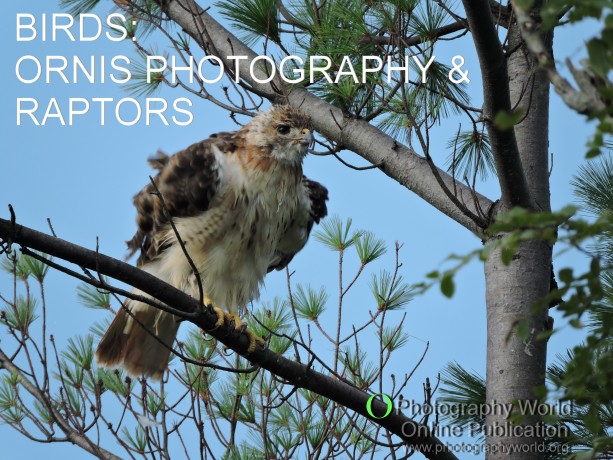 BIRDS|ORNIS|PHOTOGRAPHY|RAPTORS
BIRDS|ORNIS|PHOTOGRAPHY|RAPTORS
Ornithology is the study of birds and Photography World takes a look at Birds: Ornis Photography & Raptors.
Thanks to the digital era of the 21st century and the improved technologies of telephoto, zoom, and scope, the photography of birds is more accessible to the professional. And thanks to the advancements in cell phone cameras, just about anyone who wants to can become a hobbyist bird photographer. Ornis derives from ancient Greek and means “bird”. Ancient Greece, as all cultures, shared their histories and their relationships with birds, as portrayed through art. Today we can exemplify this same relationship through digital photography. BIRDS|ORNIS|PHOTOGRAPHY|RAPTORS
Celebrating Photography World’s raptor wings, “Birds: Ornis Photography & Raptors”.
Article by Mina Thevenin, Editor
Photography by Mina Thevenin & Linda Covey
Published May 2015
RAPTORS
Birds of prey, raptors are some of the fiercest and most respected birds in the air- because they are “high on the food chain”. They are carnivores and eat smaller mammals and/or fish. “Insectivorous” is the term used with small raptors, whose diet is high in insect protein. There are two groups of raptors: nocturnal and diurnal. Those that hunt at night are nocturnal, such as owls. The majority of raptors hunt during the day; these are called diurnal. (1)
STELLER’S SEA-EAGLE
Near extinction, there are only 5,000 known Steller’s sea-eagles in existence today. Fish-eaters, the Steller’s is originally from Hokkaido, Japan. It breeds along the remote shores of the West Bering Sea and the Okhotsk Sea in Eastern Siberia. This magnificent raptor is larger than the Bald Eagle and has a wing span of 9 feet/2.74 meters. Females are larger than the males, weighing up to 20 pounds (9 kilograms) to the males’ 11 pounds (5 kilograms). Of all eagles, the Steller’s has the largest bill.(2)
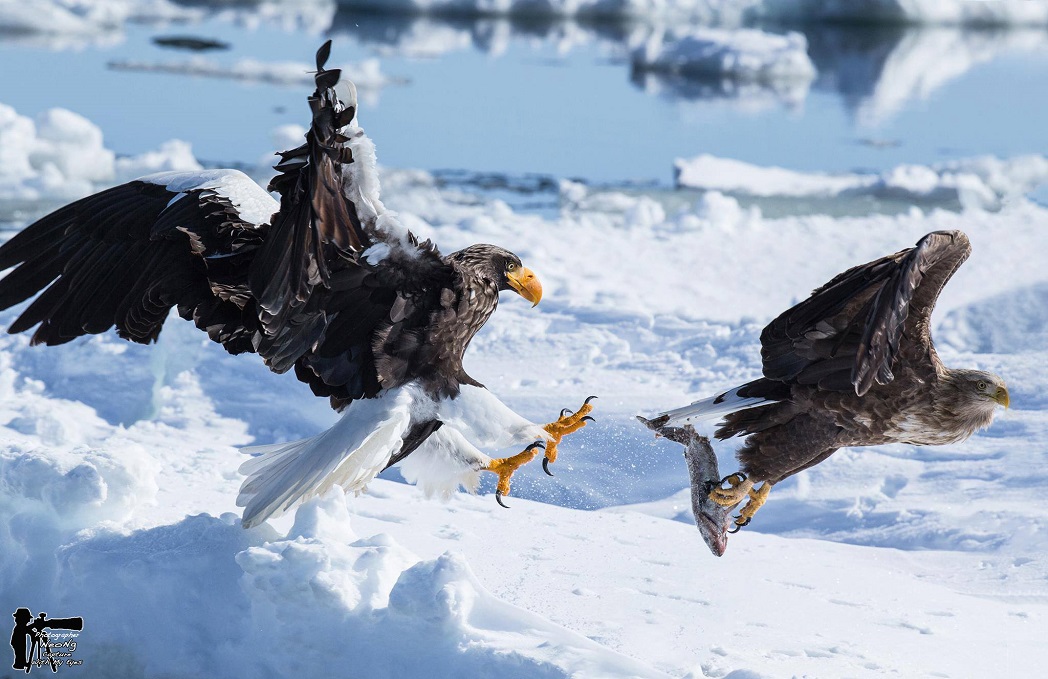
Sadly, the Steller’s are currently endangered and experience habitat degradation and loss due to hydro-electric industry, off-shore petrochemical developments, and logging in Russia. Japan has over-fished salmon, a mainstay diet for Steller’s. This large raptor’s plight inland to find food leaves it vulnerable to lead poisoning in that region, although a ban on lead previously used in hunters’ ammunition, will hopefully have a positive impact for healthier food sources for the eagles. (Eagles have been eating the “left-overs” from hunters’ kills and then died from lead poisoning.) Efforts to breed the Steller’s, in zoos and captivity, is the only current effort to prevent this fierce and powerful sea-eagle from world extinction. (This Steller’s sea-eagle, one of a mated pair, was photographed at the Louisville Zoo, which participates in breeding conservation efforts. See figure 1, below.(3)
Fig. 1. The Steller’s sea-eagle is near extinction. Photographed is the male of a mated pair; breeding in captivity is part of a conservation effort to help this magnificent raptor reproduce and get its name off of the endangered species list. Ultimately, though, it takes more than just breeding nearly extinct animals to help them survive.
CLICK on any image to view photographs as a slide show.
BALD EAGLE, a Sea-Eagle
The Bald Eagle is making an exciting comeback in wildlife across North America and since 2007 it no longer needs to be listed as an endangered bird. “Bald” used to mean white (not the hairless definition of today). This raptor is a sea-eagle and because it is high on the food chain, it faces similar challenges with the toxicity of its catch, primarily salmon, as does the Steller’s sea-eagle. Numbers of bald eagles are greater in Alaska, with 35,000 numbered there. Alaska is home to half of the world’s Bald Eagle population of 70,000.(4)

GREAT HORNED OWL (Juvenile)- Nocturnal Raptor
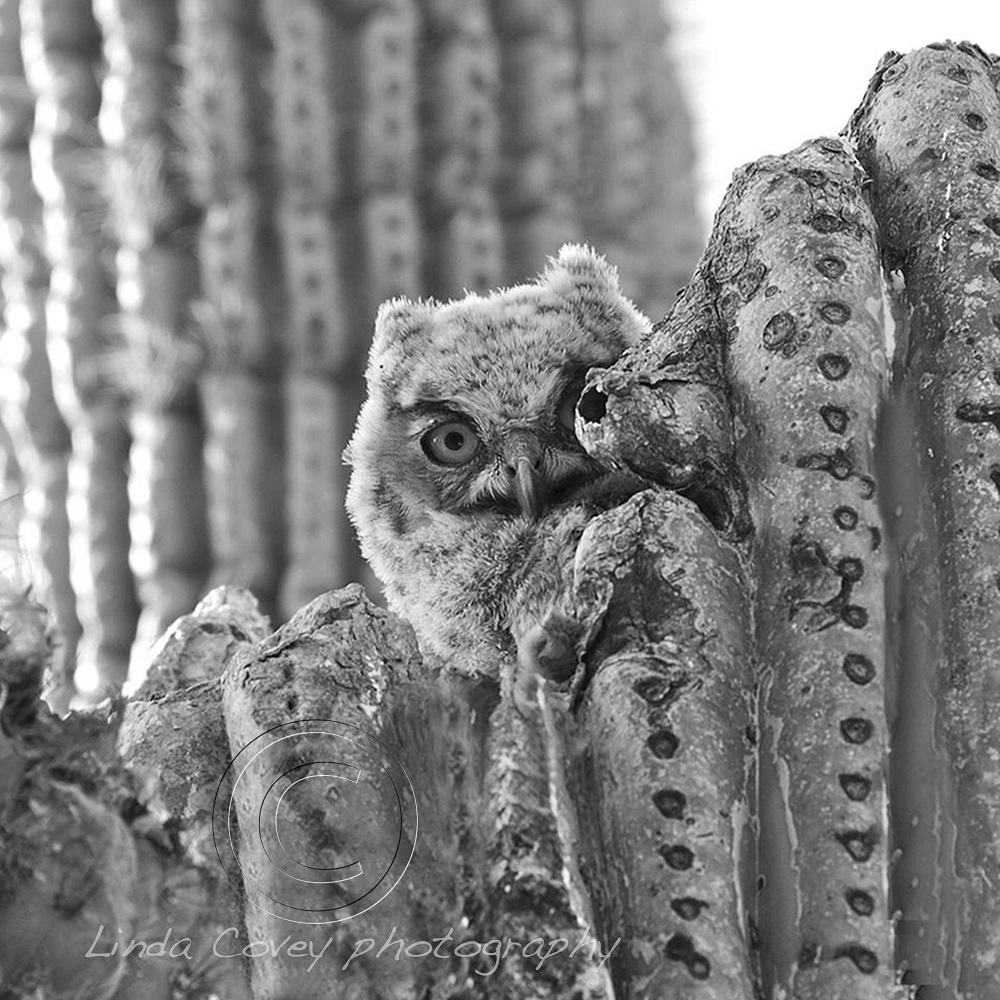
HAWKS
Hawks are divided into either soaring, like the common Red-tailed Hawk (figure 3), or forest, like the Cooper’s Hawk (fig. 4). Forest hawks have longer tails and shorter wingspans so that they, as the name implies, can fly through thick woods without their wings and branches colliding; their tales act as rudders for steering (5). Interestingly, in Europe the term “buzzard” is used to describe soaring hawks, while in North American buzzard commonly refers to a bird of prey called the “turkey buzzard”(6).
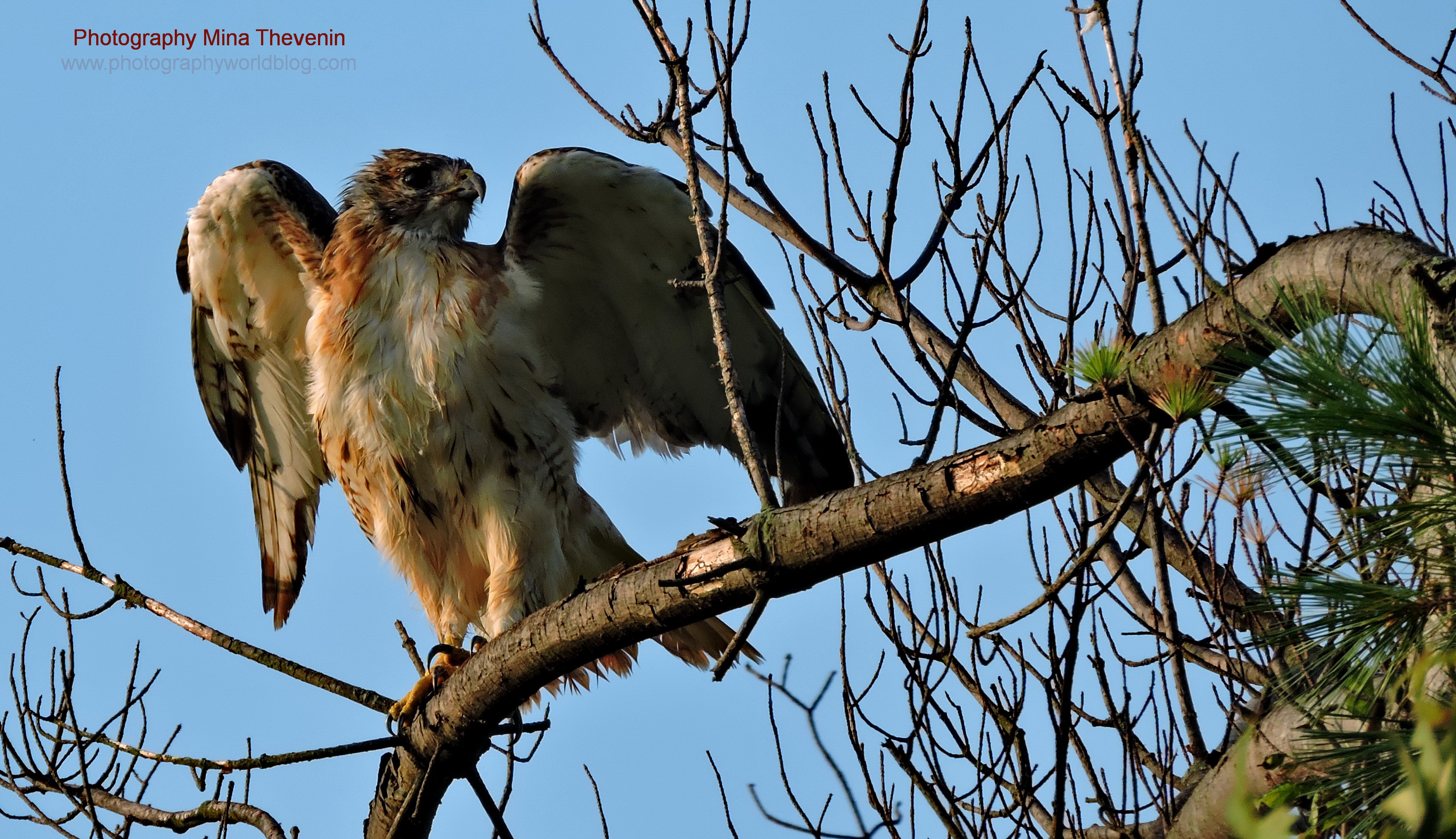
COOPER’S HAWK

RED-SHOULDERED HAWK
The Red-shouldered hawk is a forest hawk (fig 5). Although it is often seen flying away from the hot pursuit of American crows, this forest hawk also teams up with the crow as they battle the Great Horned Owl, a nocturnal raptor. Red-shouldered hawks are medium size with a wingspan of about 3 feet (.9 meter) and a common weight of approximately 1.5 to 2 pounds (.68 to .9 kilograms).(7)
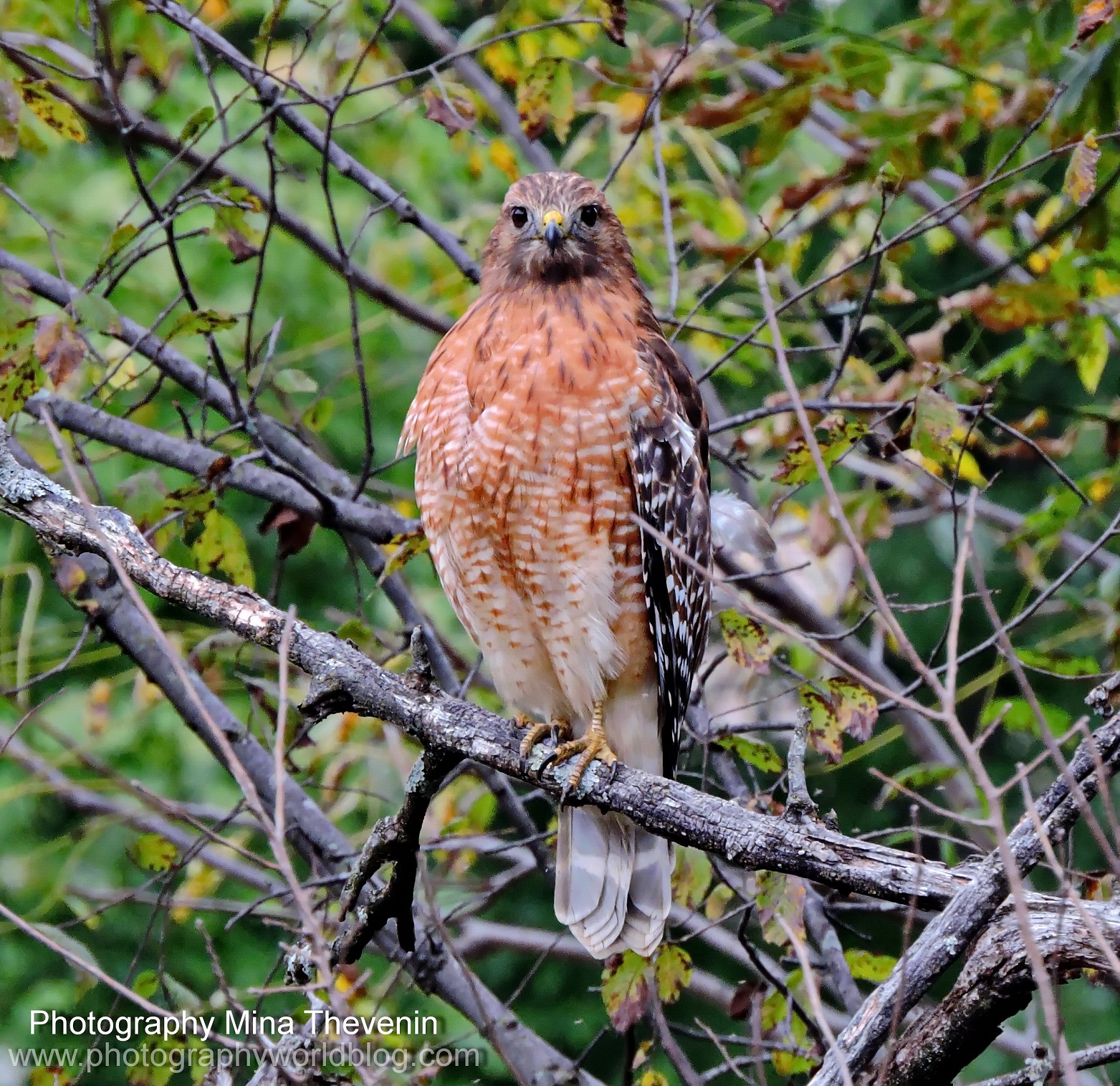
TURKEY BUZZARDS or TURKEY VULTURES

Turkey Vultures, also known as turkey buzzards, are often seen perched together in trees- this is called a “wake”(fig. 5). They extend their wings in the early morning, as seen here, to warm their body temperatures after a cool night; however, this vulture has a captive audience and it may be that a tall-tale (story) is being told…”I once caught a fish THIS BIG!” Actually, turkey vultures are scavengers and do not capture live “catch”.
Turkey vultures are large birds with wingspans of 6 feet, but they only weigh 2 to 4 pounds (.9 to 1.8 kilograms). They are scavengers and the only raptors that do not kill their prey: instead they rely heavily on their keen sense of smell to find, preferably, animals that have recently died and are very fresh; “road kill” is an example of this. Turkey vultures can smell carrion (dead meat) up to 1 mile/1.6 kilometers away. They have the largest olfactory (smelling) system among birds! (8) Their heads are without feathers so the carrion will not stick to the buzzard’s head as it eats.(See figure 6.)

PEREGRINE FALCON
Tribute is given to the peregrine falcon, the fastest bird and animal on the planet! When diving for prey, this raptor has been routinely clocked at speeds up to 200 mph (322 km/hr). It’s typical soaring speed is nearly 53 mph (90 kph). Due to successful conservation efforts the peregrine falcon is no longer on the endangered species list. (Fig 7) (9)
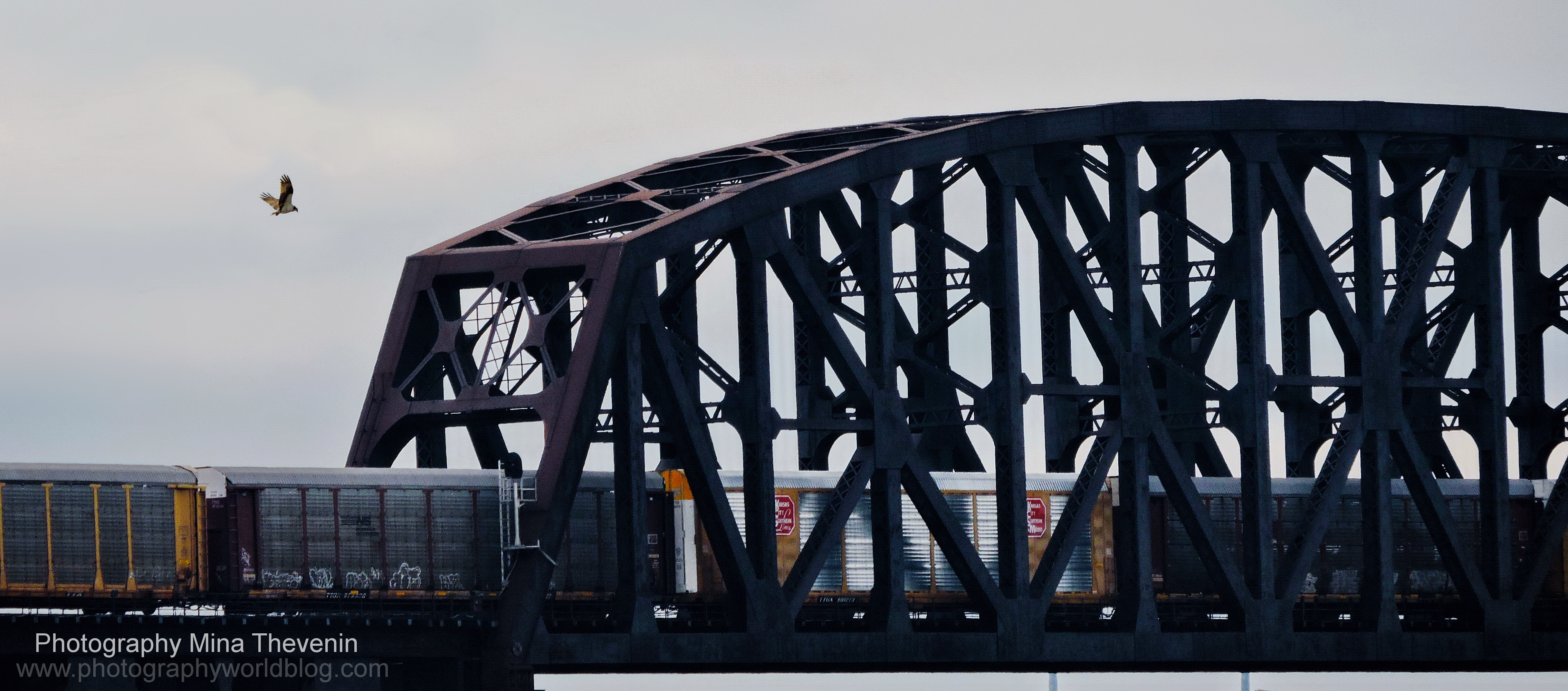
AMERICAN KESTREL
The smallest falcon, this raptor is the size of a robin with a wingspan of 21-24 in (53-61 cm) and an average weight of 4.2 oz (120 g). (10) Shown in this photo is a female kestrel eating her sunset evening meal: an unfortunate vole.
The survival of raptors, as all animals, depends upon the universal awareness of people and animals sharing a healthy biodiversity together. Education and awareness of actions and consequences provides the opportunity- through responsibility, to live our lives in a clean and thriving world. As we respect ourselves today, we ensure the greatest chance for species to thrive and for all raptors to fiercely grace the skies once again.
BIRDS|ORNIS|PHOTOGRAPHY|RAPTORS
(1) “Raptors of the World,” Raptor Research Foundation WEBSITE
(2) Steller’s Sea-Eagle. Bird Life International WEBSITE
(3) Steller’s Sea-Eagle, data courtesy from the Louisville Zoo
(4) American Bald Eagle. WEBSITE
(5) Hawk’s Aloft. WEBSITE
(6) Red-shouldered Hawk. All About Birds. WEBSITE
(7) “Buzzard“, Britannica WEBSITE
(8) “Turkey Vulture”, Audubon- Kern River Preserve. WEBSITE
(9) “The Peregrine Fund”, Explore Raptors. WEBSITE
(10) “American Kestrels”, Beauty of Birds. WEBSITE
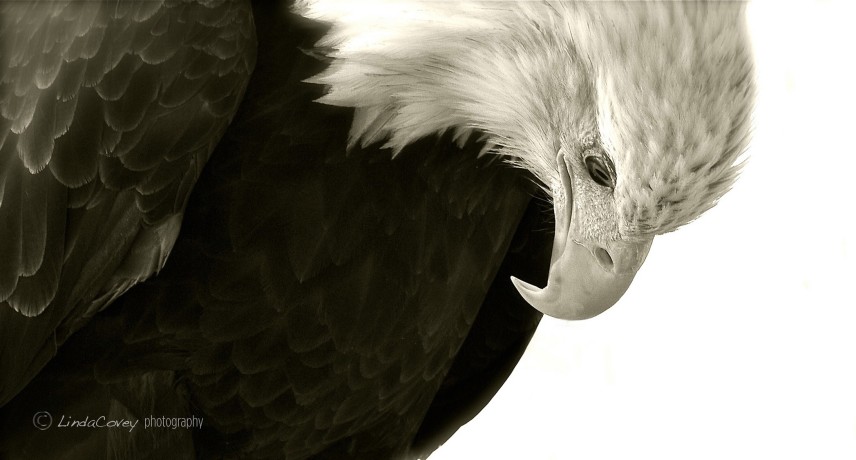
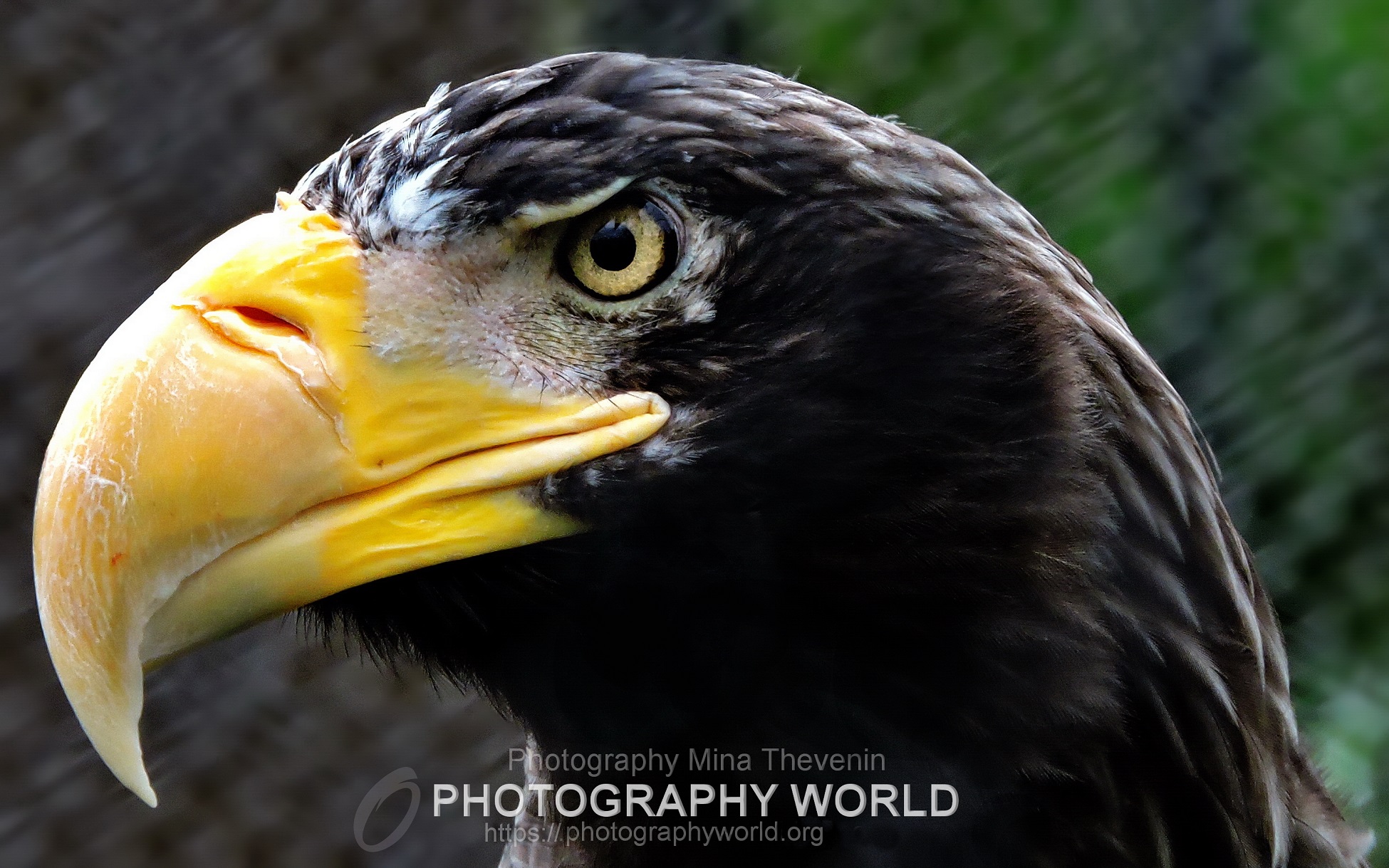
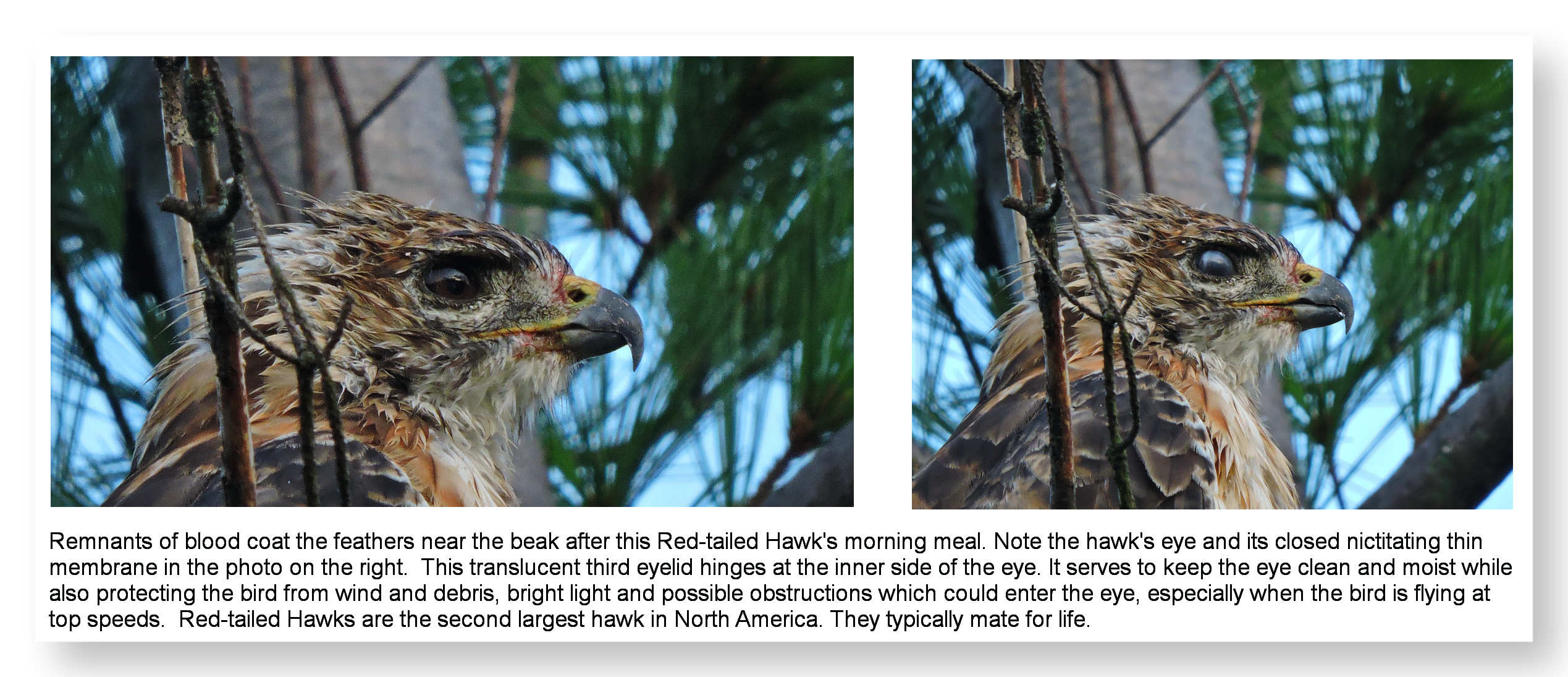
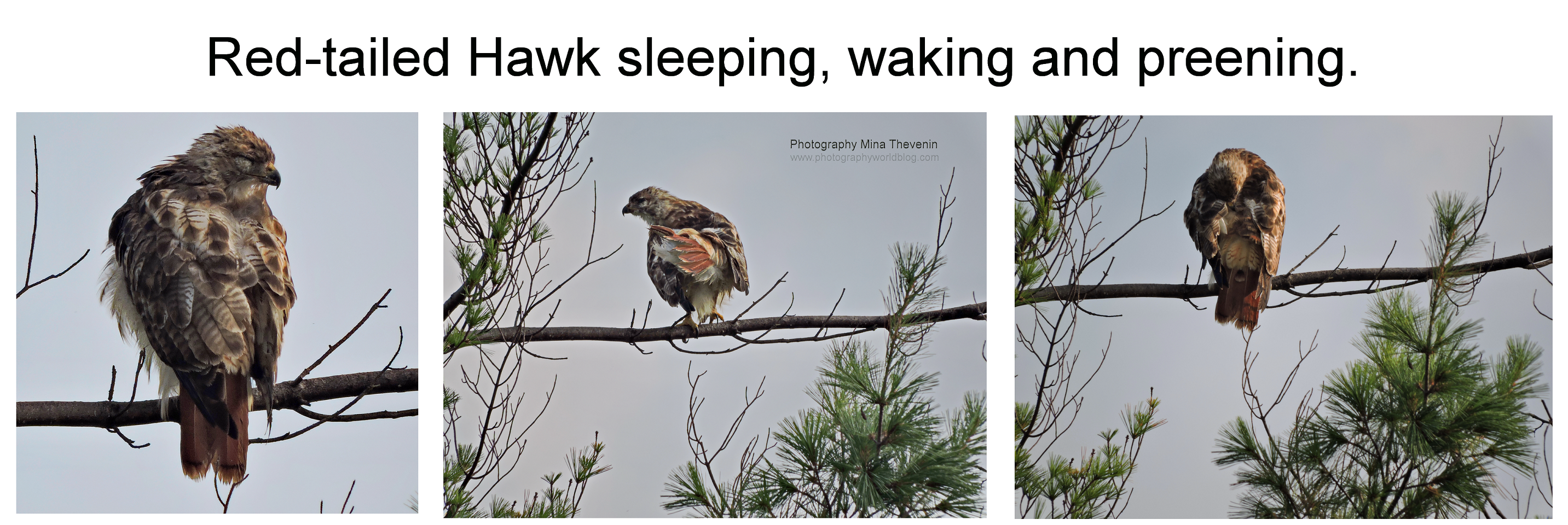
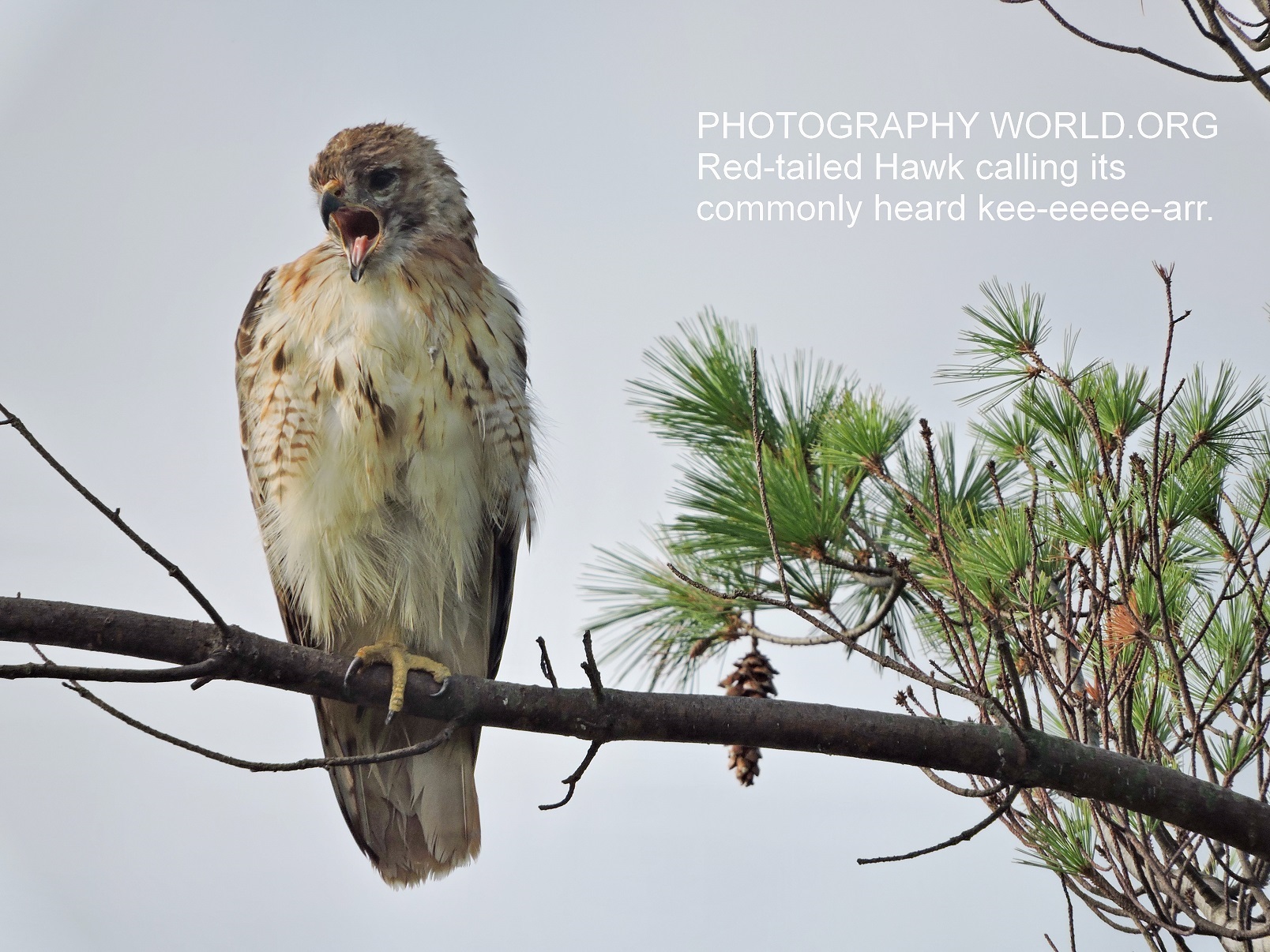
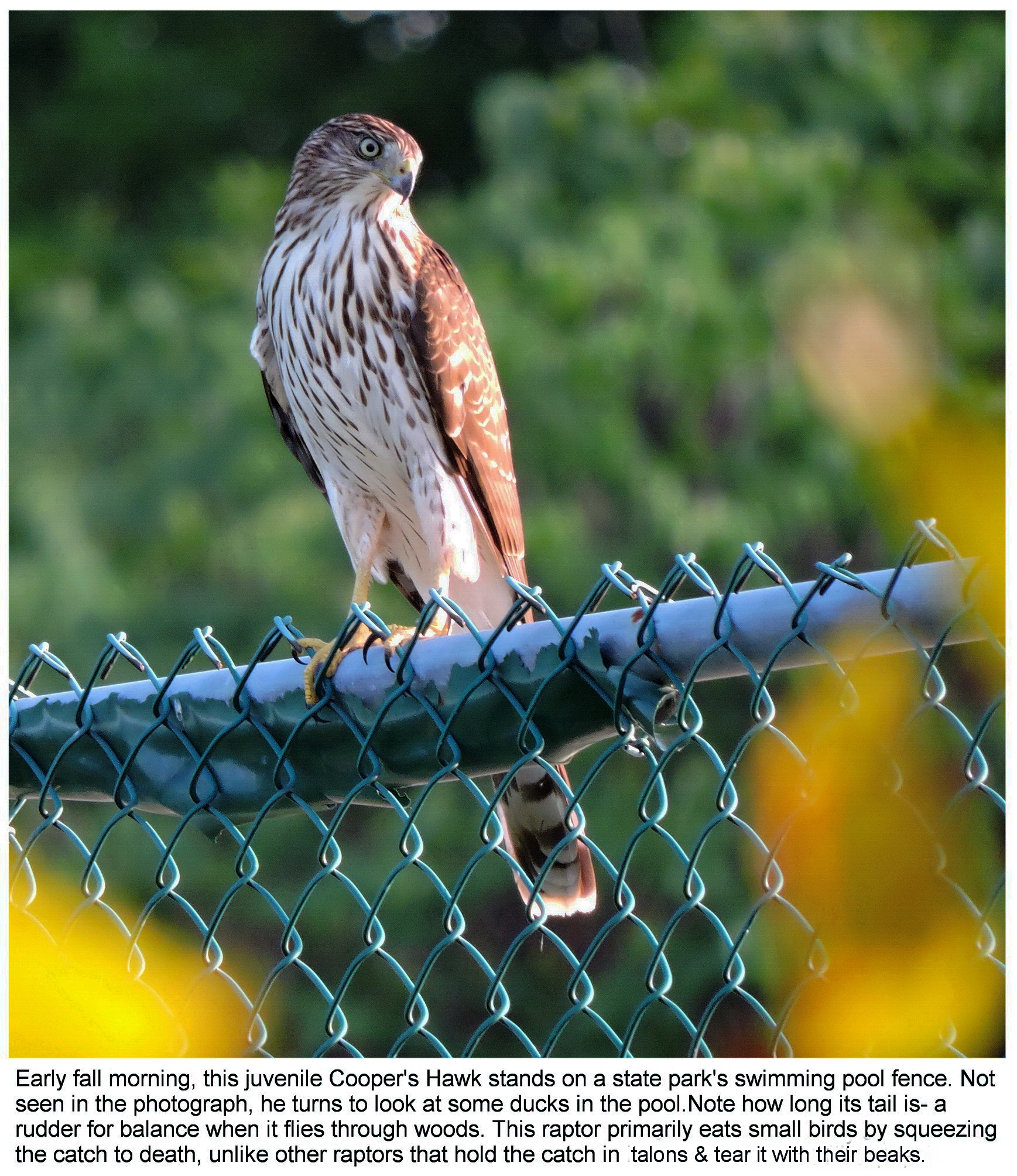
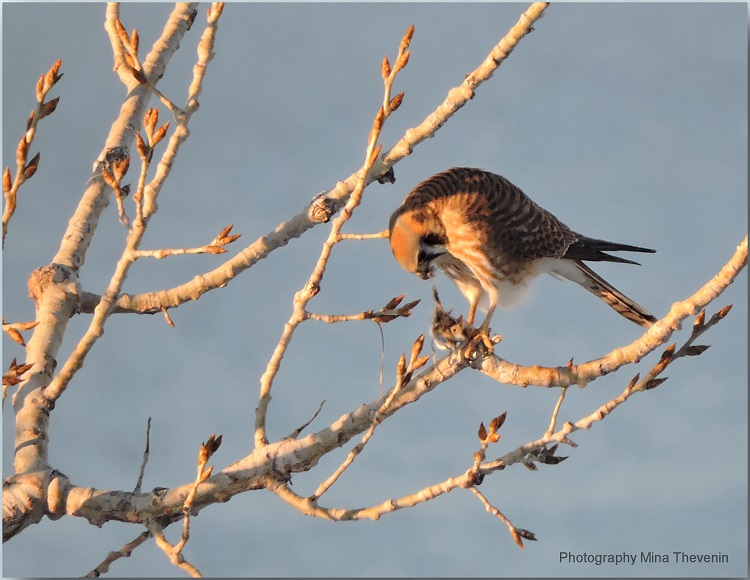
What a beautiful gallery!!! you are a phenomenal photographer …